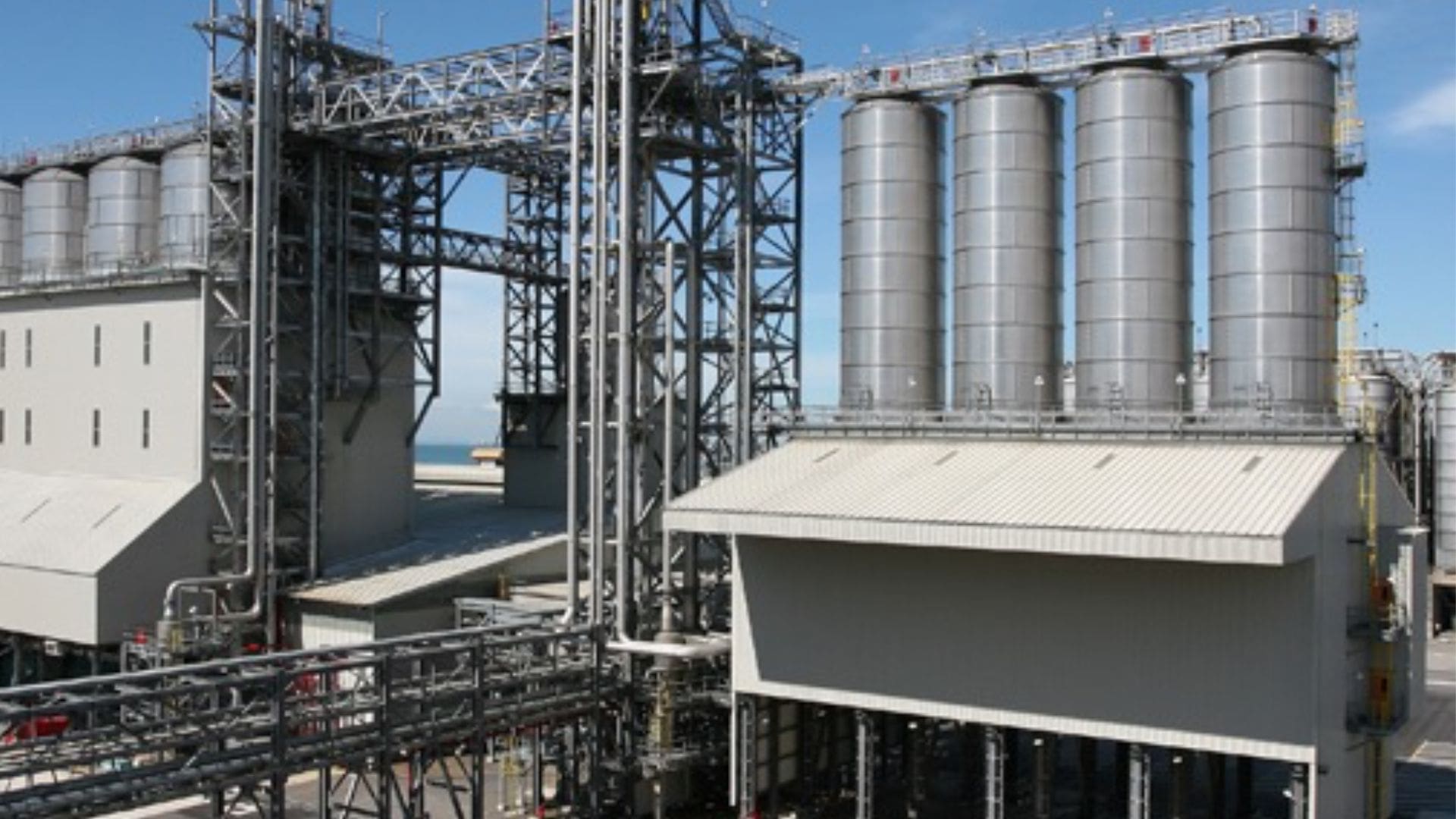Singapore's Chemical Industry: Navigating Challenges and Charting a Path Towards Specialization
- Singapore | 17 July 2018

In an increasingly competitive environment for refiners and petrochemical producers, the abundance of natural resources alone is no longer sufficient for sustained success. Singapore, with its well-established roadmap for the development of its refinery and chemicals sector, is now facing the need for a more radical re-think to tackle the challenges ahead. This article explores the potential for organization, innovation, and integration in shaping the future of Singapore’s chemical industry.
Traditionally, dominance in commodity petrochemicals has been driven by advantaged feedstocks or the protection of intellectual property for manufacturing processes. However, Singapore faces unique challenges in terms of feedstock supply and market proximity. With no domestic feedstock supply, the country relies on importing feedstock and adding value to products that must ultimately be exported. The difficulty lies in finding markets large enough to consume the investments made in larger-scale plants.
One of the significant challenges for Singapore is its location and proximity to consumers. As China moves towards self-sufficiency or oversupply in key petrochemical product areas, exporting growing volumes of chemicals into key markets becomes a challenge, particularly for commodity chemicals. This situation necessitates a shift in focus towards developing Southeast Asian demand to support a thriving added-value chemicals industry based in Singapore.
Logistically, Singapore’s location makes it an ideal regional hub for Southeast Asia’s chemical industry. The lack of investment in neighboring markets such as Indonesia, the Philippines, Vietnam, and Malaysia has allowed Singapore’s Jurong Island cluster to establish a strong position in terms of scale and competitiveness. However, the next phase of growth may require more forward-thinking and creative planning.
To secure a long-term future and avoid cut-throat competition in commodity chemicals, Singapore needs to stimulate the growth of added-value specialty chemicals. While Southeast Asia has a large consumer population, the relative purchasing power and economic development levels have yet to drive the broader growth required. Singapore must decide whether to wait for these markets to develop or proactively position itself as a regional specialty chemicals hub for all of Asia.
Deeper integration between refineries and chemical plants is a promising path forward. With global refined products growth slowing and changes in demand patterns due to new regulations, assessing options to upgrade and re-purpose feedstocks, co-products, and by-products becomes crucial. Research into consumer demand patterns, new products, manufacturing techniques, and emerging regulations will be vital for developing a successful long-term strategy.
Singapore’s chemical industry may be in good health today, but the rapidly changing world requires a second wave push for further integration and specialization. Specialty chemicals, manufactured in smaller volumes, require different skills and consumer markets with rising incomes. Southeast Asia’s potential for development in sectors like personal care, textiles, and packaging presents an opportunity for investment and growth. Singapore must secure its future amidst growing competition from China and the Middle East by uncovering hidden value, driving integration, developing technology, and embracing new markets.
As Singapore’s chemical industry looks towards the future, it must navigate the challenges of feedstock supply, market dynamics, and specialization. The country’s success hinges on a proactive approach that emphasizes deeper integration, innovation, and capturing hidden value. By focusing on specialty chemicals and tapping into the growing Southeast Asian market, Singapore can enhance profitability and secure a prosperous long-term future in the global chemical industry.








